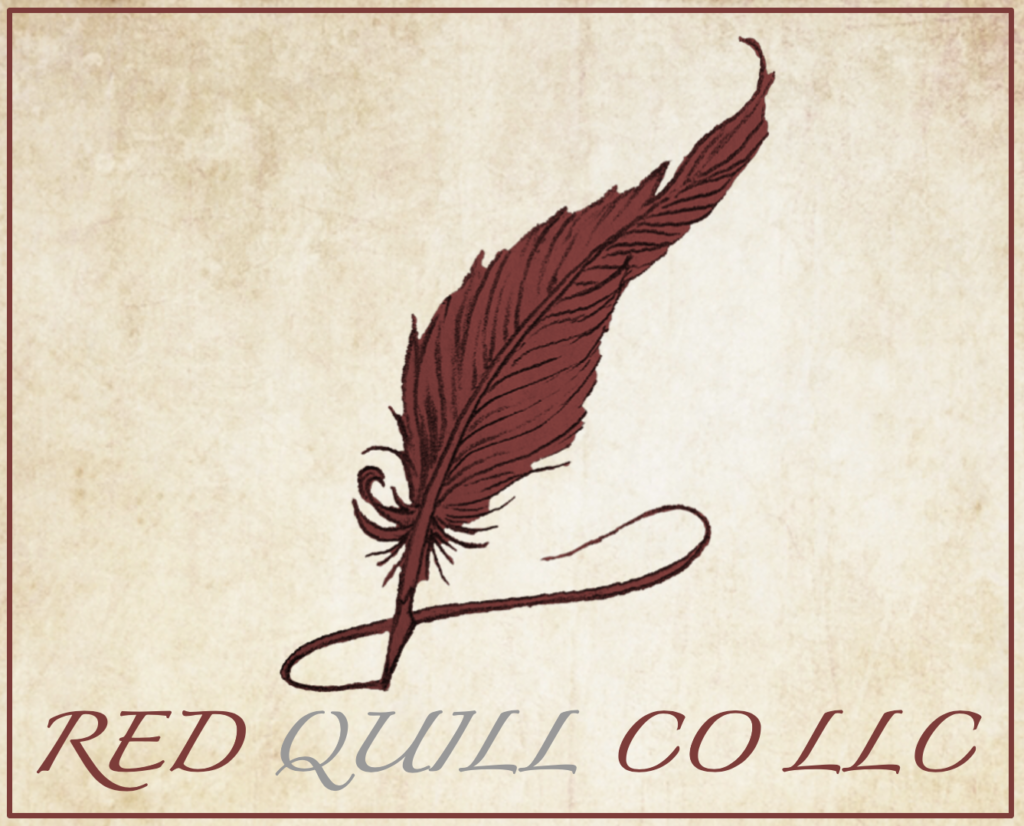
Many authors are confused about the differences among the various types of edits and whether they actually need them all. In this article, I will cover each round, what it involves and focuses on, and why the order matters.
Order Is Important
It actually and truly is impossible to focus on too many things at once. That is why there are so many phases to the editing process—developmental editing, line editing, copyediting, and proofreading. Each phase plays a very important role in perfecting your manuscript, and each phase has a different focus from the next. Even your editor recognizes that they need to focus on a small window at a time in order to polish your manuscript into the diamond we know is there.
The order of editing rounds is also very important. Skipping a step or performing any of them out of order can wind up costing you more money in the long run, whether from needing to repeat a round of edits or loss of sales from an unpolished book. For example, cleaning up the grammatical errors and then rounding out a character’s development or adding in more dialogue will require another editing round to check for new errors. Save yourself the headache and do it in the right order.
Step 1: Developmental Editing
A Developmental Editor will help you hone your characters, storyline, dialogue, and pacing into that sweet spot that could earn you a coveted banner on Amazon or land you on a bestseller’s list. This is a big-picture editing phase, which is why it should be completed first. Do not worry about grammar or spelling just yet. During this round, your editor will focus on ensuring your characters are fully developed and humanized/relatable, the dialogue is smooth and natural, the pacing is not too fast or too slow, the story arc comes to a satisfying conclusion with no plot holes, you have smooth transitions between chapters with intriguing hooks, and more. This is my favorite type of edit to perform because it can truly transform a book into a work of art. I often have clients telling me that this edit reignited their passion to enhance their book and see it through to publication.
Step 2: Line Editing
Next would come line editing, which works on the rhythm and cadence of your story. It focuses on optimal word choice and avoiding repetition such as overused dialogue tags. It also searches for that perfect balance between variation and overly purple prose. Your line editor should be able to make the necessary changes while maintaining your unique authorial voice. I love working with an author on both developmental and copy/line editing because it enhances my ability to see their ultimate vision for their book and help them attain that goal. It’s truly enjoyable to see how their post-developmental rewrites turn out and polish them up with the ideal rhythm and cadence while keeping true to the author’s style.
Line editing still does not worry about grammar, spelling, and punctuation, unless you hire an editor who offers a Line/Copyediting package. Often, editors find it difficult during the line editing phase to overlook the grammatical, spelling, and punctuation errors, which can affect the cadence of the narrative. This is why many editors, such as myself, combine these two editing phases into a package deal.
Step 3: Copyediting
Copyediting is the first attack on all of those pesky errors and gets you prepared for the homestretch of your publishing journey. It checks for typos, double words, grammatical errors, punctuation, spelling, formatting issues, echo words, completes fact-checking, ensures an accurate timeline, and checks that chapter and page numbers are correct. Once this step is complete, you would ideally get your book formatted next. Because formatting can often introduce new errors—especially if you wind up doing some last-minute changes or additions (guilty!)—you will need to follow up with a final round of editing, and that is where the next round of edits comes in.
Step 4: Proofreading
Proofreading should be your final step prior to publication. Similar to copyediting, proofreading also checks for typos, double words, grammatical errors, punctuation, spelling, formatting issues, and echo words. This round is often done on the formatted version (or proof copy, hence the name), and provides one final look to reduce the amount of errors that remain in your final published book. (If copyediting and proofreading are so similar, do you really need both? Read my article about Copyediting vs Proofreading to learn more.)
I no longer offer this service so that I can focus on the ones I most enjoy and thrive in, but even when I did, I always highly recommended that my clients hire a fresh set of eyes for this phase. Just as an author is too close to their own work to properly edit it, your developmental or line/copyeditor will also become too close to it after working with you on multiple rounds of edits. They would likely miss small things that a fresh set of eyes would catch. I work closely with a couple of colleagues for this purpose and am always happy to refer my clients to them when our rounds of edits are complete.
So, What Does My Manuscript Need?
Every author is different and every manuscript is unique, but even if you plan to query agents for traditional publishing where they will take care of the grammar, you’d still benefit from a Developmental Edit to get your manuscript into the best shape possible to impress your agent.
Planning to self-publish? It really depends on your writing capabilities, the current state of your manuscript, and your goals for your book. For new authors, I highly recommend getting all four rounds if you can swing it. The Developmental Edit, especially, acts as a personalized one-on-one class to help you hone your writing craft, while a final Proofread would hunt down the lingering grammatical, spelling, and punctuation errors that will distract your readers.
For more information on the various types of editing, checking out The Editing Podcast‘s first ever episode called The Different Levels of Editing, hosted by two editors for fellow editors and authors alike!
Remember, order is important when it comes to editing, so don’t skip around or be overeager. As the old proverb goes, “an ounce of prevention is worth a pound of cure.”
Need more help figuring out what your manuscript needs? Let’s Discuss Your Manuscript!
Red Quill Co LLC
Think you might be ready for an editor? If you’re unsure what type of editing you need, want to know how much it might cost, or simply have a question for me, Contact Me today. I am happy to discuss your manuscript with you!
Return to the Tips for Writers index


